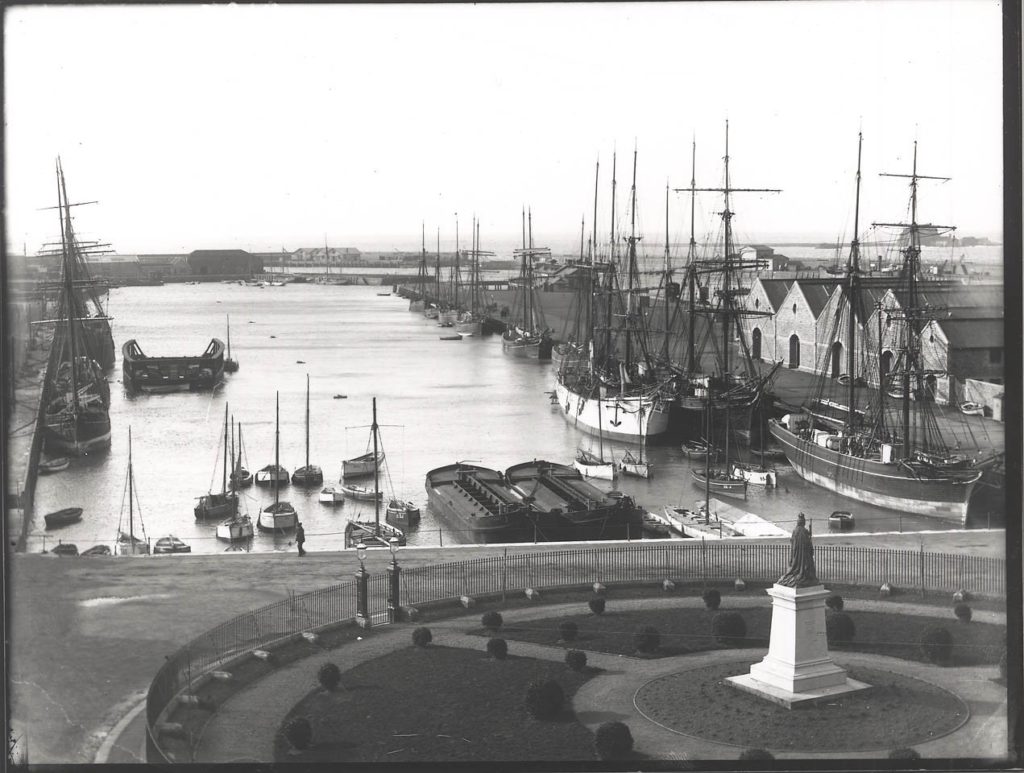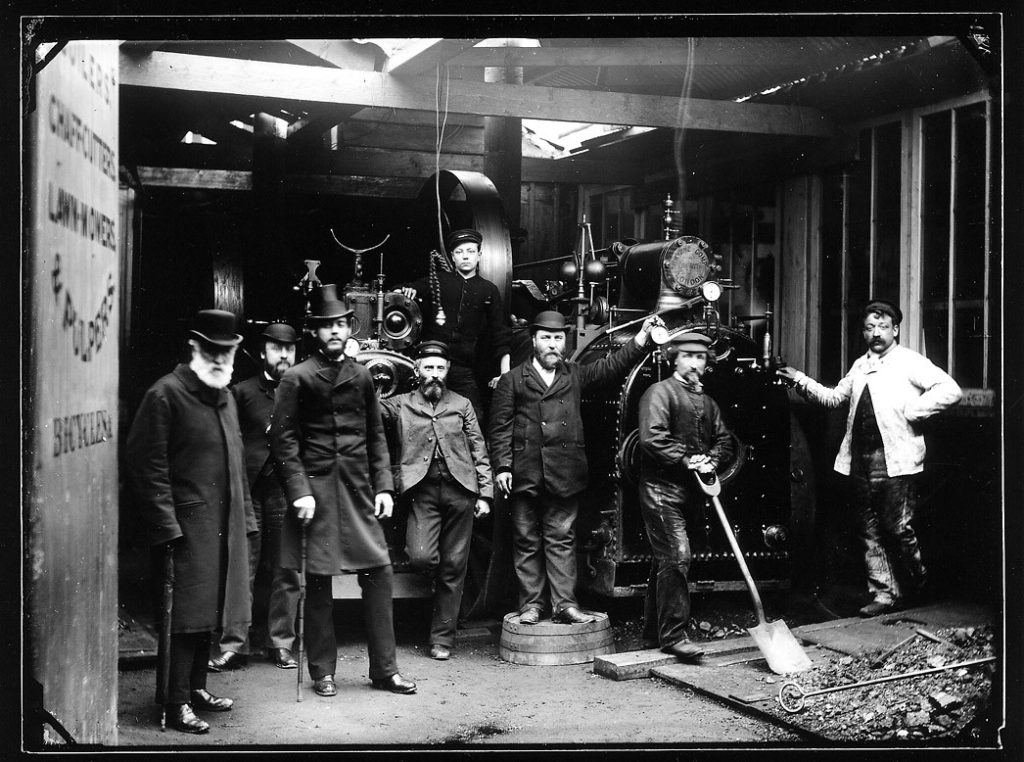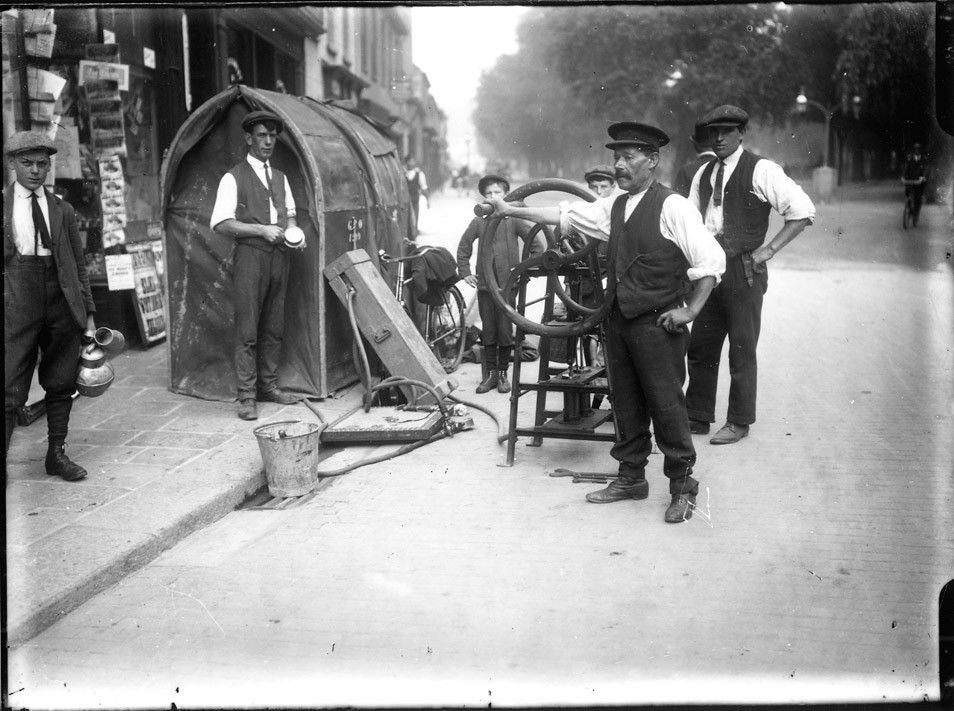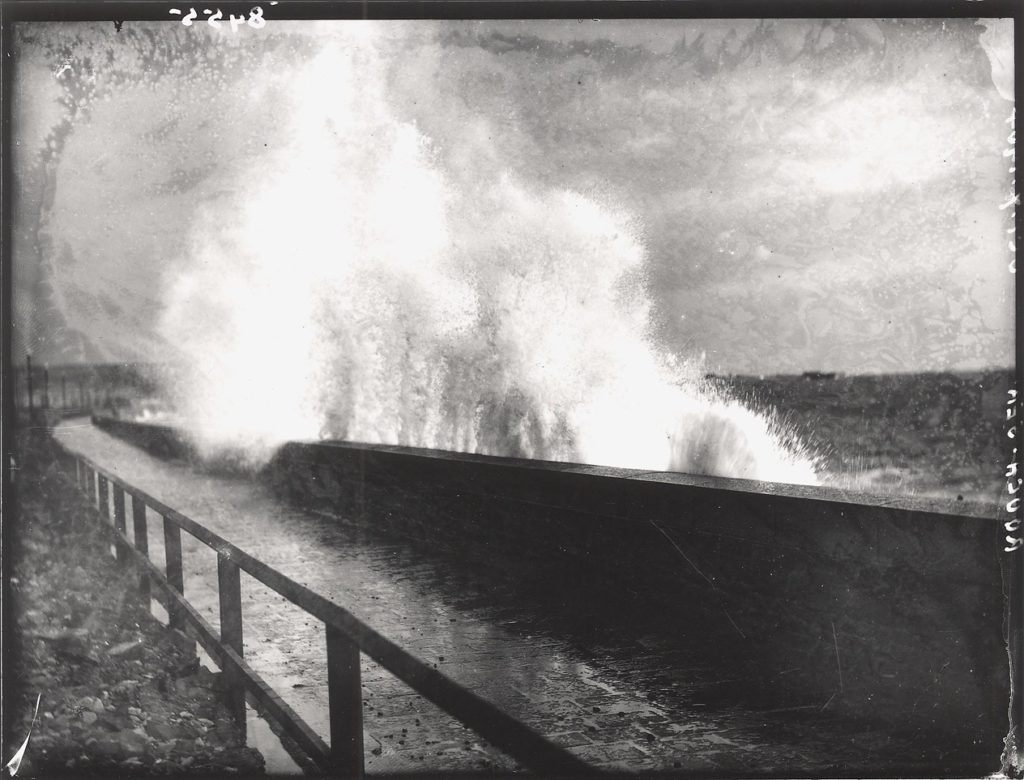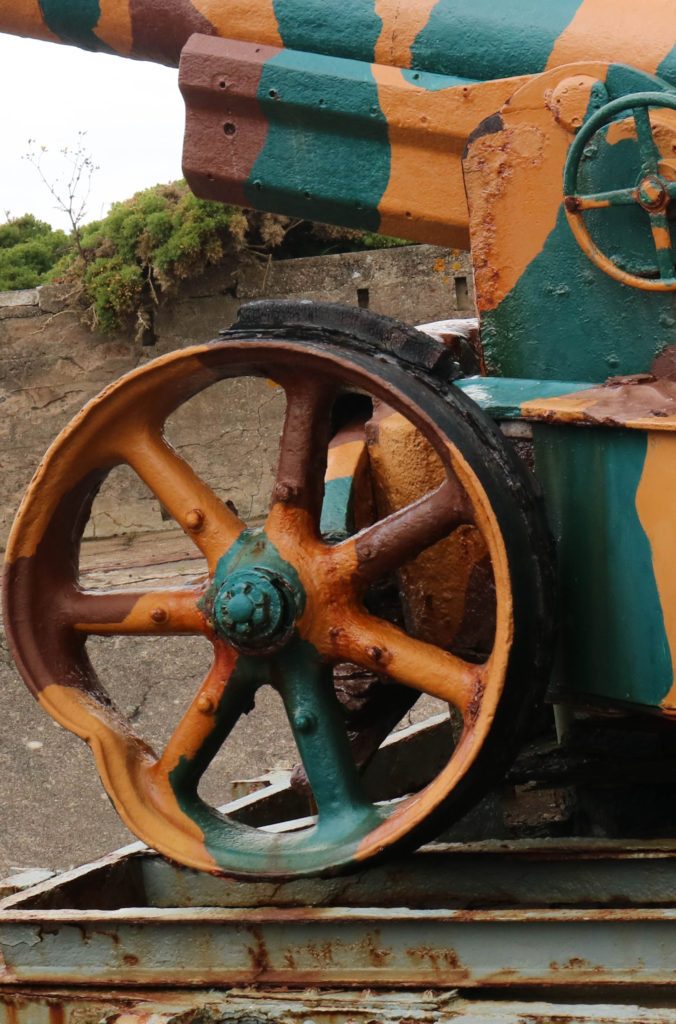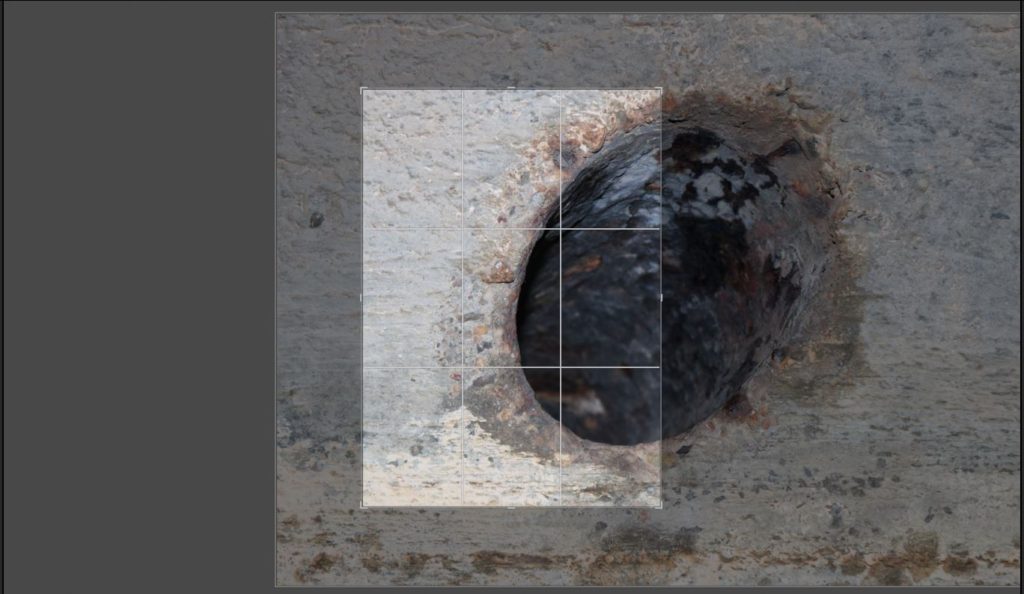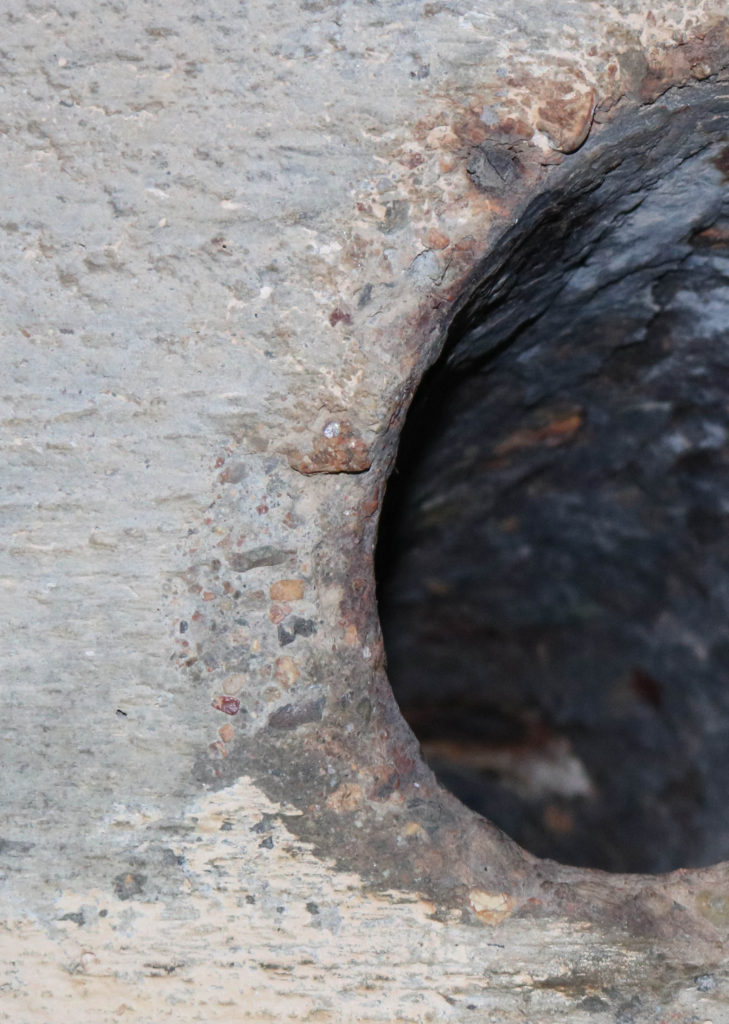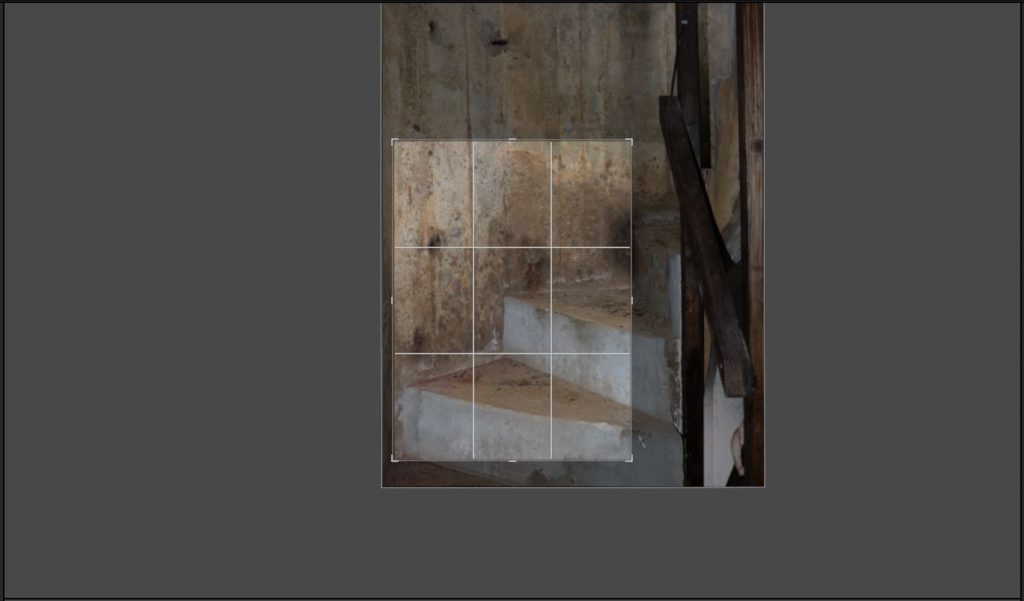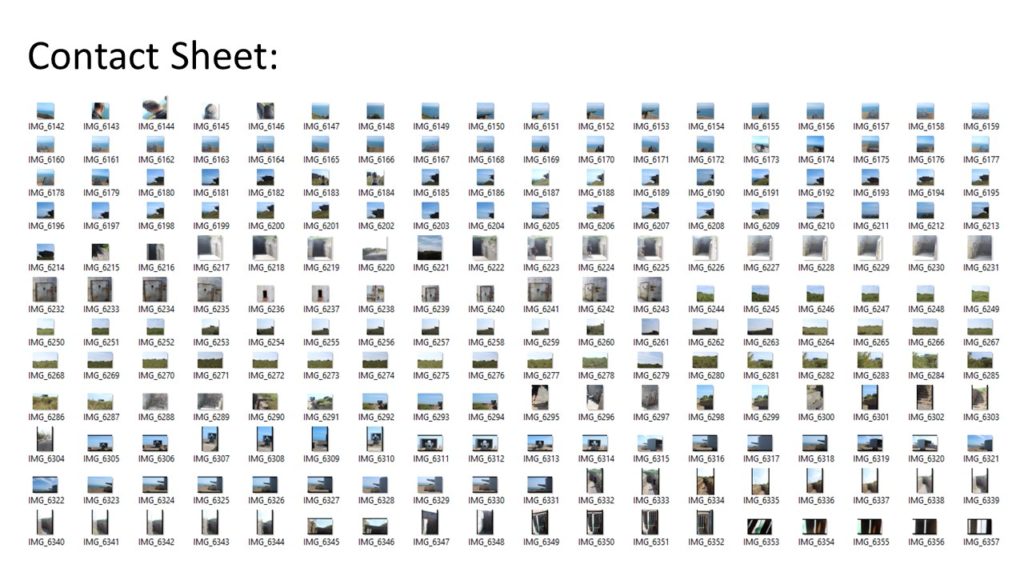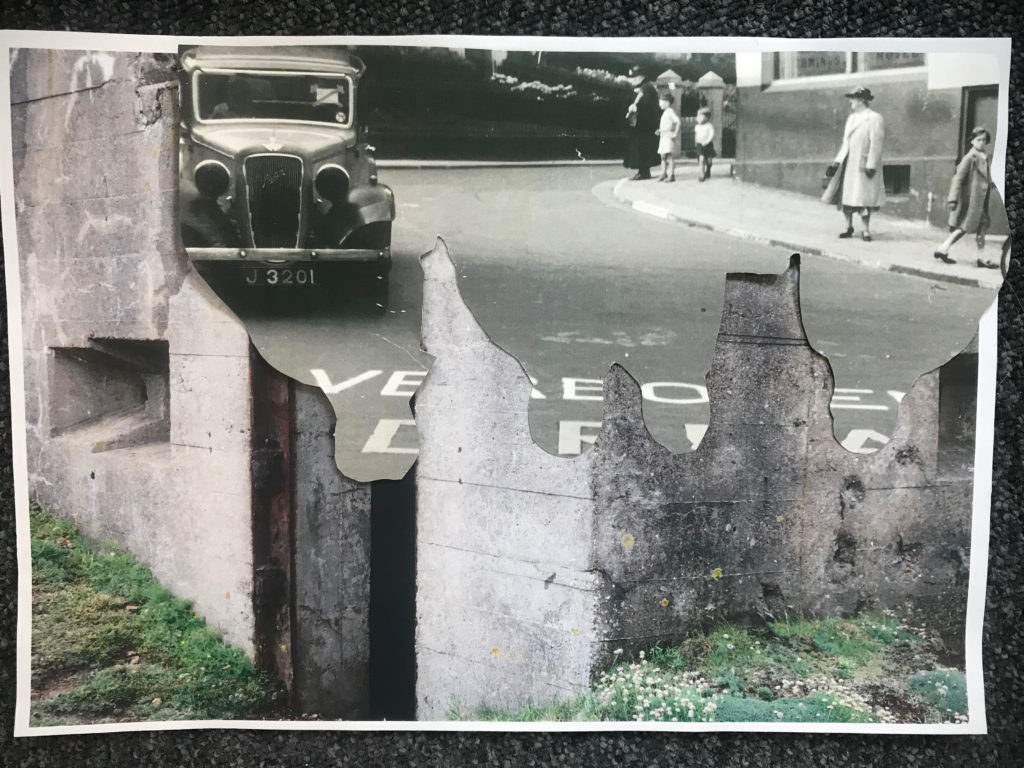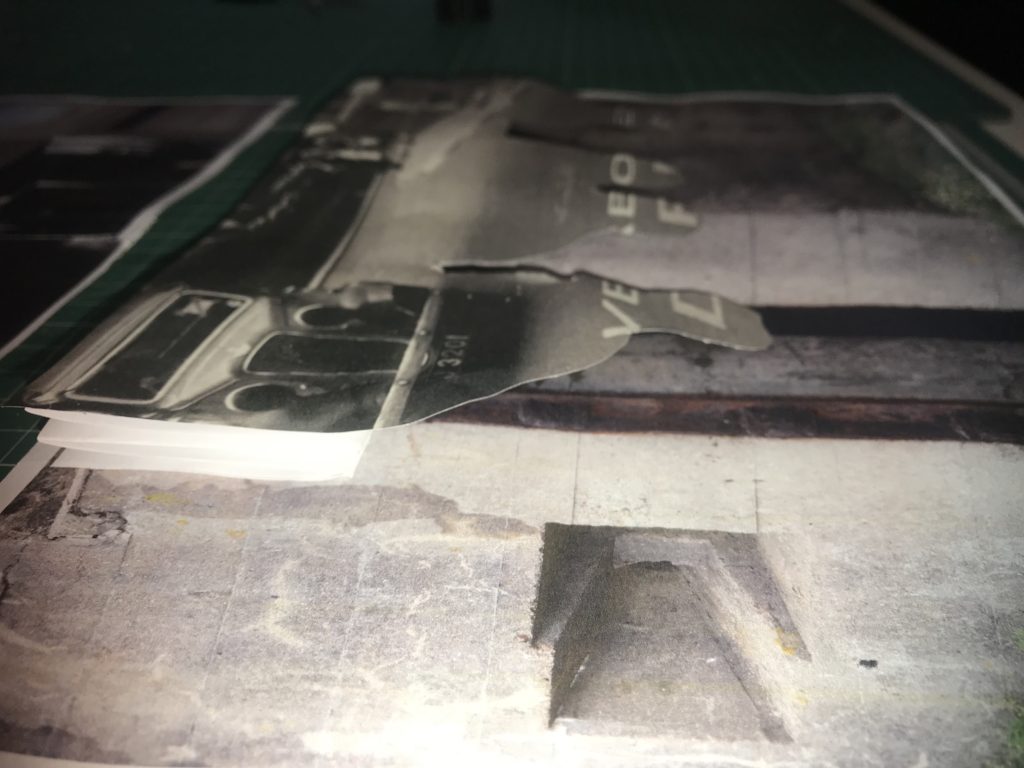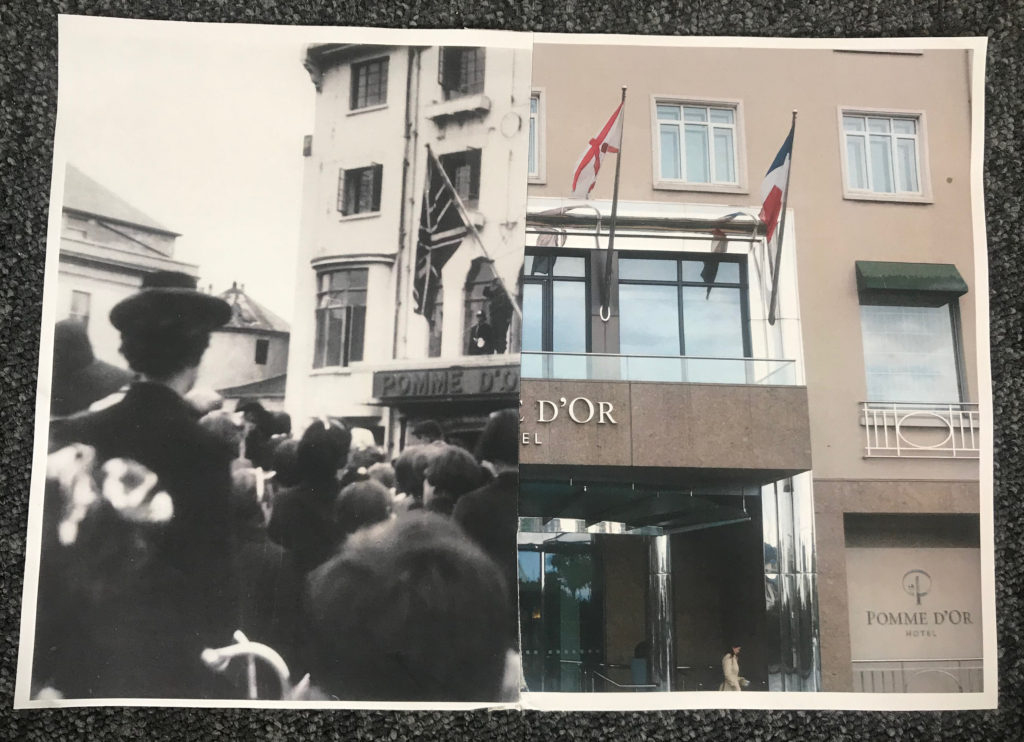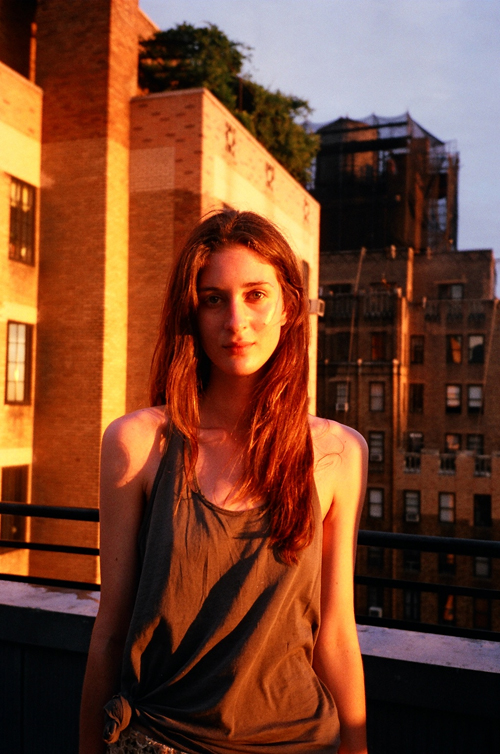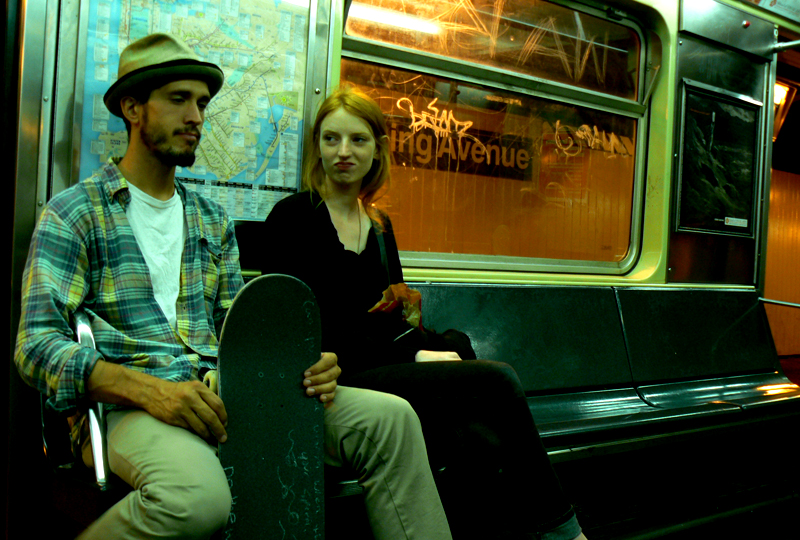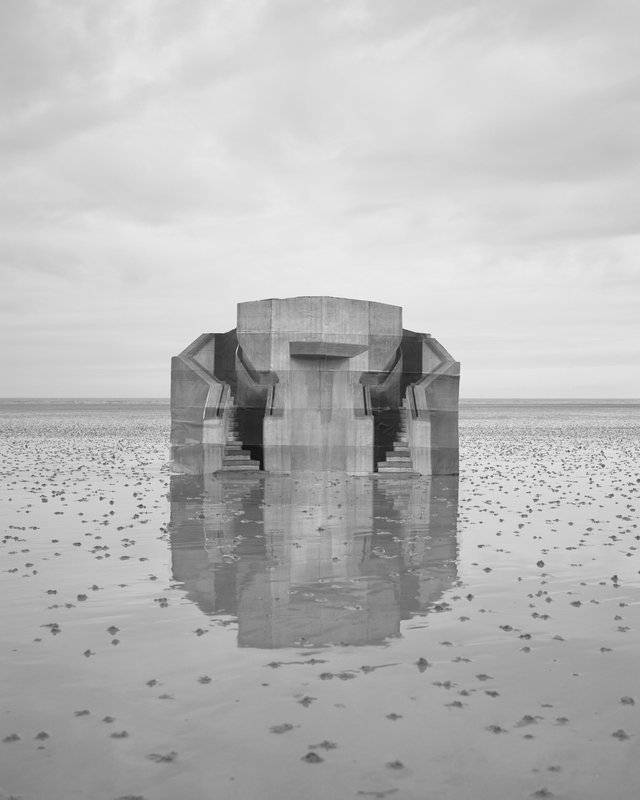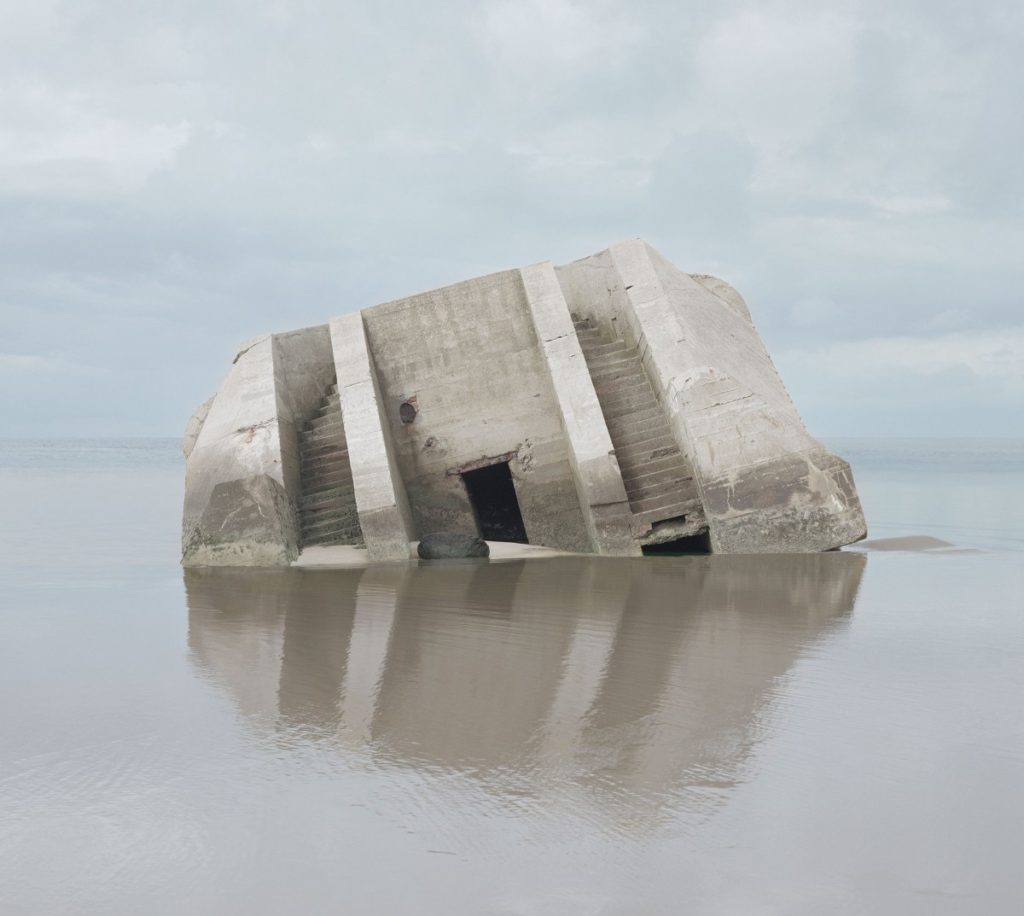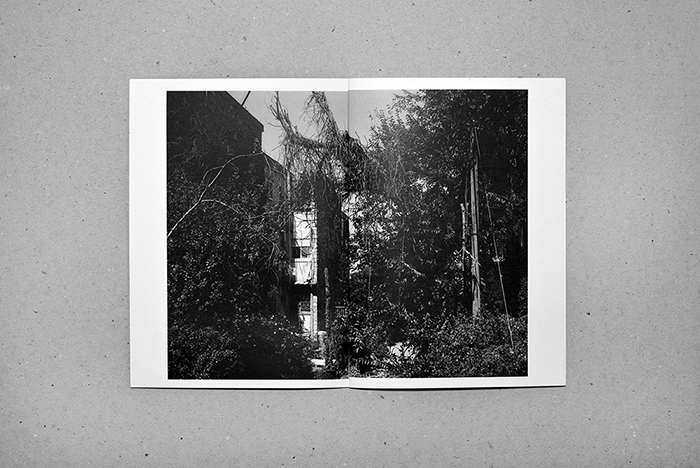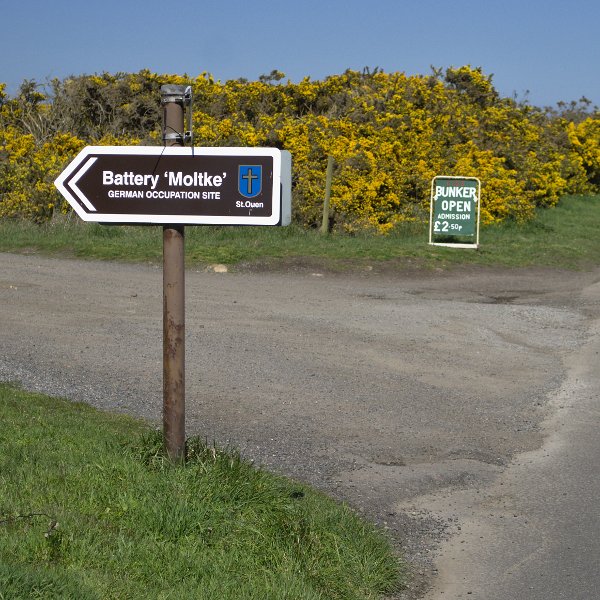
For our second trip of this term we went to the Battery Moltke which is located in St.Ouens, which during those times was the central location for bunkers as it faces out to sea.
This is one of the many remarkable monuments left back to be glorified. The Battery Moltke is actually comprising four 15.5cm K418(f) gun emplacements and an associated underground complex was named in honour of Helmuth Johann Ludwig von Moltke, who was Chief of the German General Staff from 1906 to 1914.
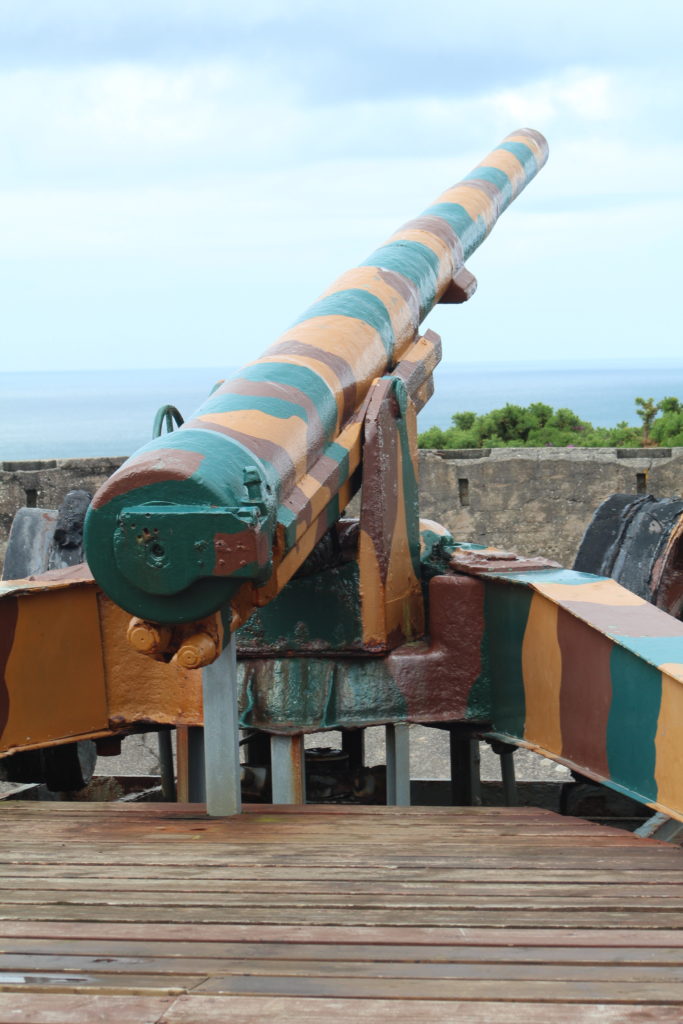
One of the gun placements has been completely renovated including fashionably painted in camouflage colours this is due to the fact that firstly it needs to be preserved beautifully but for it to also blend in with its surroundings. Not only has it been heavily done up on the outside people have invested years of hard work to create a display of this underground passage that used to accommodate about 27 men which when I first heard about thought it was quite a small amount due to the amount of space that was in there, however after learning that they’d have to carry ammunition through these meter and a half corridors it made more sense that a lot more things would have been going on back in the time of its use.
This bunker, with a ceiling two metres thick, was built to “Fortress” standards. It is fully equipped with original ventilation equipment, boiler, bunks, and central heating. Standing outside the bunker makes you visually image what you expect it too look like on the interior, having never been inside a bunker this big I was shocked but also amazed at how big, how clean and surprisingly how decorated it was. although having been told it had been renovated It did not look like what I had imagined. Four M512 ammunition bunkers were also built to serve the gun, three of which are now used for display purposes. The complex has been subject to an ongoing restoration project that commenced in 1979.
We started off by meeting a member of the CIOS, Tony, who gave us a brief introduction about what we were going to be seeing and a little information about the history of this place. Just after being there for literally 10 minutes it quite quickly kicked in that there was lots of things that can be photographed. The cannon above was the first thing that caught everyones eye. Having looked at the gun placements he went on to say that the original gun placed there was actually french,he later informed us about the ammunition and artillery and how they were used as there defence to protect the coast. We then went on to proceed into the main bunker that had been converted into a showcase filled with images, newspaper articles from the time, real life artillery, helmets and even a room with footage of the bunker during the occupation, it is home to many special and valuable artifacts that are now on display for tourists and islanders to go and see. Inside this bunker there was maybe 4 to 5 rooms and one of those rooms is displayed as a medical room where when the soldiers got injured for whatever reason they’d be taken there for emergency care. It was interesting to see the way it was set out and how much technology used in the medical insdustry has developed as in those days sterilisation and a clean environment would have been hard to achieve due the circumstances of the occupation.

This was the last tower we went to visit before making our way back. Nine of these towers were originally planned for the coastline of Jersey, but the increasing shortages of cement and return of forced and slave workers to the Continent at the end of August, 1943 resulted in the abandonment of the project.
Totally unique to the Channel Islands, these observation towers were also built to “Fortress” standards. Each of the five observation levels was intended to provide the distance of a target for an individual artillery battery using the long base method of range-finding, in conjunction with the other MP towers. However, this method of range-finding had obvious limitations in inclement weather, at night or if there were numerous targets on the horizon.
MP3 was intended to bypass these difficulties with the installation of a radar on the roof. This gun-laying radar version had an accurate detection range of around fifteen miles, and was of a similar type utilised by the famous pocket battleship “Graf Spee.” The generator which provided electric power for the radar was housed in a very large bunker behind MP3. This also acted as a personel bunker for the soldiers, who were ordinarily barracked adjacent to a pre-war rifle range.


